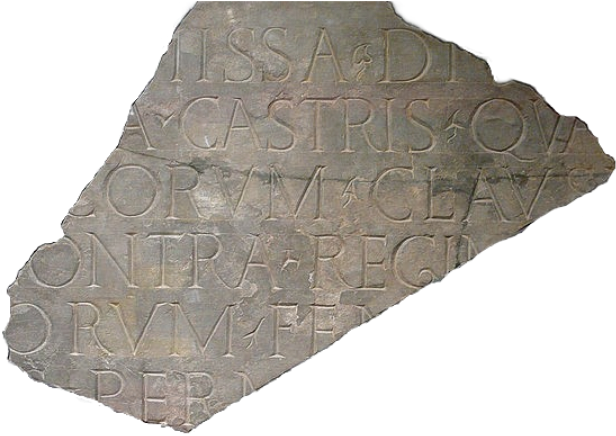
Inscriptions are a testimony to the past but their poor condition, caused by the deterioration of the material on which they are engraved upon, often makes them partially or completely illegible. The process of restoring these inscriptions is time-consuming and requires the involvement of an expert epigraphist. It is possible to speed-up this process by adopting a semi-automatic assisting tool based on deep neural networks. This project aims to develop a complete methodology, from the acquisition of the inscriptions, to the description of four possible approaches to predict the missing text in a Latin inscription, that our research team plans to implement in the near future as part of a interdisciplinary research project. Related publications: Alessandro Locaputo, Beatrice Portelli, Emanuela Colombi, Giuseppe Serra. Filling the Lacunae in ancient Latin inscriptions. 19th The Conference on Information and Research science Connecting to Digital and Library science (IRCDL), 2023. [pdf] Andrea Brunello, Emanuela Colombi, Alessandro Locaputo, Stefano Magnani, Nicola Saccomanno, Giuseppe Serra. Usage […]